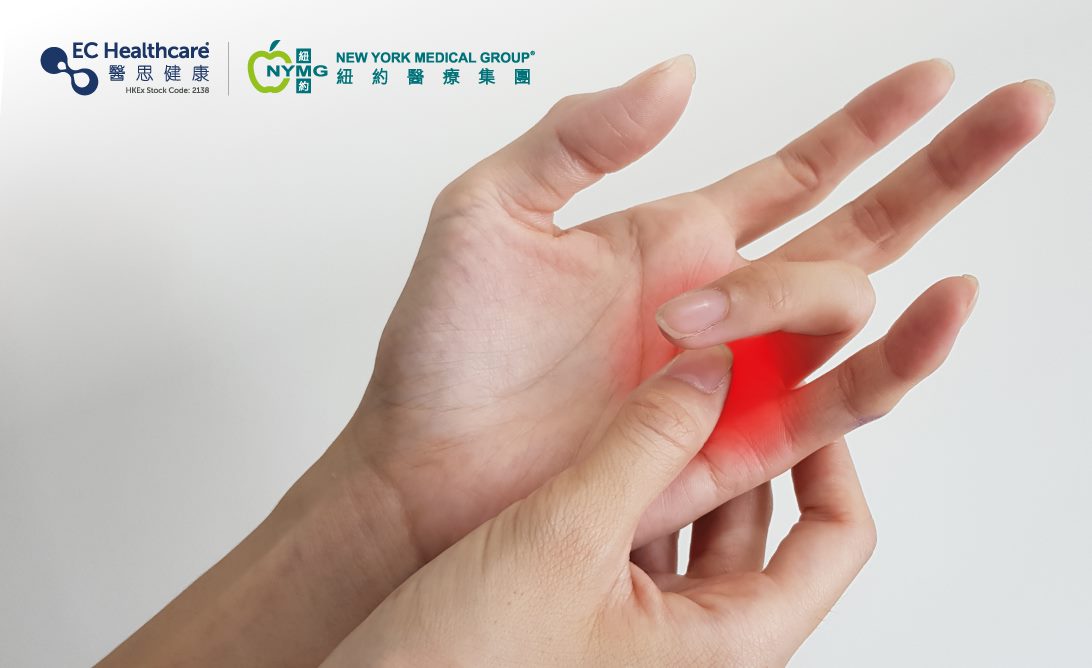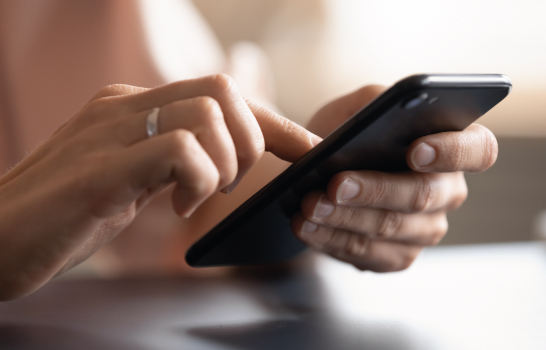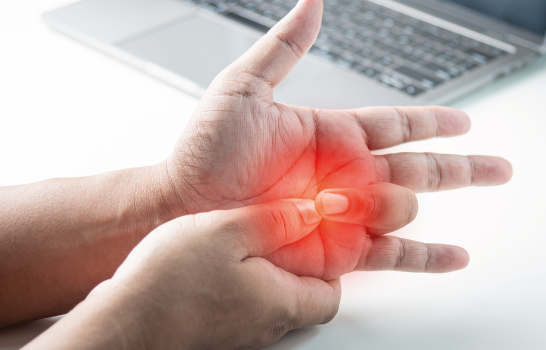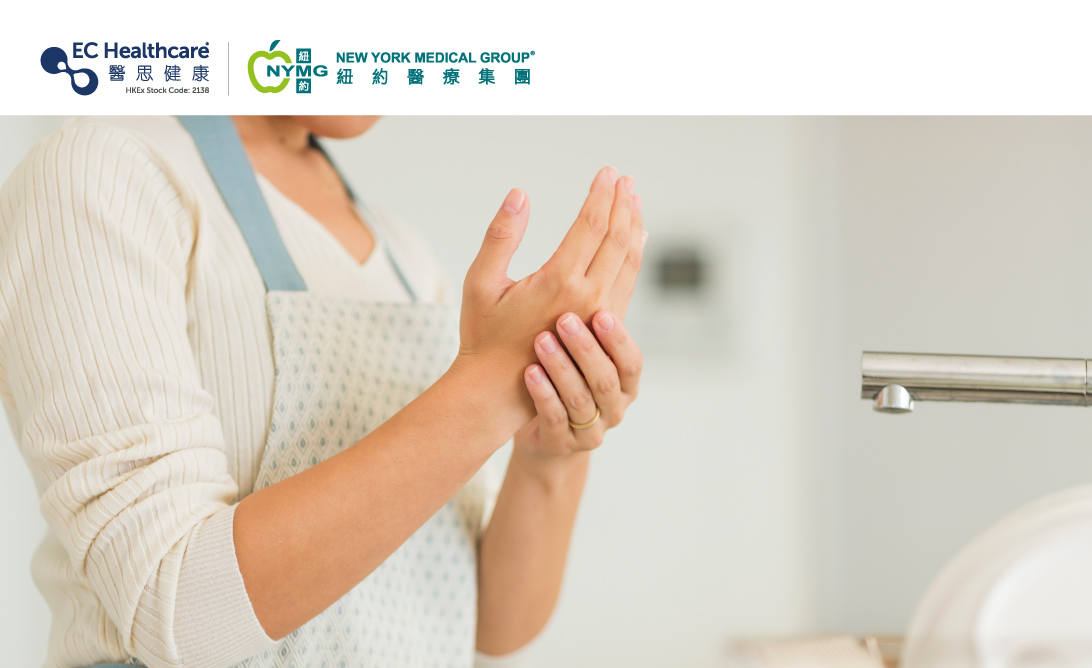Tips to Ease Your Trigger Finger!


While lower back pain used to be a common ailment among Hong Kongers, more and more people are now struggling with finger and neck pain, probably due to our reliance on electronic devices. We all know that smartphone addiction can lead to neck pain and even cervical subluxation, but we should also pay attention to finger pain. Between typing on keyboards and using our fingers (especially thumbs) to message and scroll through Facebook and emails, we're constantly putting pressure on our digits - even while commuting on MTR and bus. With touch-screen devices becoming ubiquitous, related health issues are on the rise. If we use these gadgets too much, we can end up with finger pain or even a trigger finger.

A trigger finger is caused by repeated bending of the finger, triggering inflammation in the tendons and the inability to straighten the finger. When you try to stretch and straighten the finger, you will feel resistance in it; when you release the finger, it will snap back to its bent position like a trigger, hence its name.

The tendon of our finger passes through a few ring-like ligaments on its way to the fingertip when crossing several joints. Normally, the tendon can freely slide through these ligaments. But if the tendon develops blood clots due to injury or becomes inflamed after repetitive movements, thick and swollen nodules will form on it and trap the tendon in the ligaments, causing the finger to stay bent. Apart from overuse of the finger, rheumatoid arthritis can also cause a trigger finger.
The best way to prevent a trigger finger is to give the muscles of your fingers and wrists enough rest. Yet, some jobs may require you to bend your fingers repeatedly, use touch-screen devices, or perform repetitive gripping motions, such as photographers, instrumentalists and writers. If you are one of these people, you should take a break every 45 minutes during work to ease the tension in your muscles by rotating your shoulders and stretching your hands. Doing more finger and wrist tendon stretching exercises and getting massages focused on specific areas also help reduce the risk of a trigger finger.
Related Brands



